Rabbitary
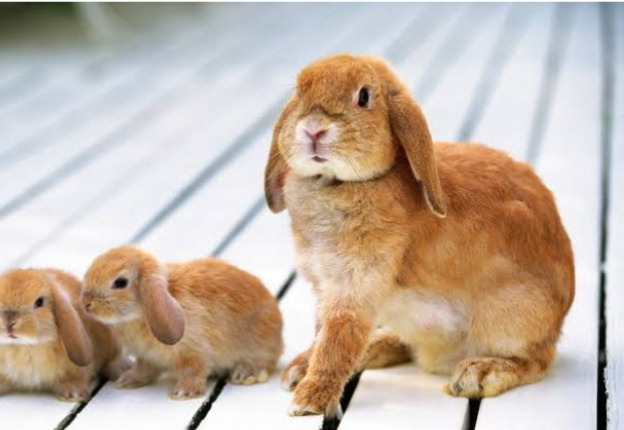
Rabbits are small mammals belonging to the family Leporidae. The domesticated rabbit with scientific name Oryctolagus cuniculus is commonly reared for their meat, fur, and as pets. The male rabbit called doe and the female buck are highly prolific. The female can give birth to between four to twelve kitten at ones. And within a year, they can reproduce four to six times per year. Rabbit farming, also known as cuniculture, is the practice of raising rabbits for meat, fur, and other products. It requires the knowledge of proper housing, feeding, and breeding of rabbits, their health, and welfare.
In Nigeria, rabbit production has not yet widespread compared to other livestock. Few of the country populace engage in rabbit production.
Rabbits are more efficient feed to meat converters (FAO) compared to other livestock. They feed on kitchen waste, weeds, fruits and compounded feeds. In many African countries, people use them as pets and children are delighted when handling them.
ADVANTAGES OF RABBIT REARING
Rabbit farming is a profitable business with a high rate of return on investment, low capital investment, little management and minimal operational cost.
1. Rabbit farming requires low startup costs compared to other livestock farming.
2. HIGH REPRODUCTIVE RATE: Rabbits have a high reproductive rate, with a gestation period of 28-31 days and the ability to produce multiple litters per year. This makes it a more profitable option for farmers.
3. LOW FEED COSTS: Rabbits are herbivores and can feed on a variety of plant-based diets and kitchen waste alone. This brings about a reduction in their feed costs for farmers.
3. HIGH-QUALITY MEAT: Rabbit meat is a lean meat and good source of protein. It is low in fat and cholesterol.
4. SOURCE OF OTHER PRODUCTS: Rabbit breds for fur production include Rex, Chinchilla, Angora, and Satin. These breeds have soft and luxurious wool. The fur can be used to make clothing and accessories.
5. EASY TO HANDLE: Rabbits are small, docile and produce beautiful bunnies which are easy to handle. They enjoy being held and petted and often seek human attention. These give the reasons why people use them as pets and young children take delight about them.
6. FAST GROWTH RATE: Rabbits have a fast growth rate, reaching market weight within 2-4 months, which makes them a more profitable livestock option for farmers. Rabbit breeds like New Zealand White, Californian, and Flemish Giant have a high food-to-meat convertion rate, fast growth rate, large size, and high meat-to-bone ratio.
7. LOW SPACE REQUIREMENTS: Rabbit farming requires less space than other livestock farming. They only require a hutch to house them.
8. SOURCE OF FERTILIZER: Rabbit waste is rich in nutrients like nitrogen, phosphorus, and potassium, essential for plant growth. Rabbit urine has being discovered to be a biopesticide in farms, especially organic farming.
BENEFITS OF RABBITS TO HUMAN
1. Rabbits produces lean, white meat which is a source of protein, low in calories and the meat is low in fat and cholesterol making it an excellent choice for those who want to maintain a healthy diet. New Zealand White, Californian, flemish giant are popular choice for meat production. Rabbit meat is used in soups, stews, barbeques, sausages, or as roast meat.
2. HIGH NUTRIENT CONTENT: Rabbit meat is rich in protein which is essential for building and repairing muscles, tissues, and organs. It is also rich in Vitamins especially vitamin B12, B3, and B6, which help maintain healthy skin, nerves, and red blood cells. It is also a good source of Minerals such as phosphorus, iron, and potassium, which are essential for strong bones and teeth.
3. LOW IN CHOLESTEROL: Rabbit meat is low in fat and cholesterol, making it a great alternative to other meats.
4. BOOSTS IMMUNE SYSTEM: Rabbit meat contains selenium, which is important for a healthy immune system.
5. SUPPORTS BRAIN FUNCTION: The high levels of vitamin B12 found in rabbit meat support brain function and cognitive health.
6. PROMOTES HEART HEALTH: The potassium found in rabbit meat helps regulate blood pressure and promotes heart health.
7. HELPS WITH WEIGHT LOSS: The low-fat and high-protein content of rabbit meat make it an excellent choice for weight loss.
8. REDUCES INFLAMMATION: Rabbit meat contains omega-3 fatty acids, which have anti-inflammatory properties and can reduce inflammation in the body.
BREEDS OF RABBITS
Breeds of rabbits and their unique characteristics and uses.
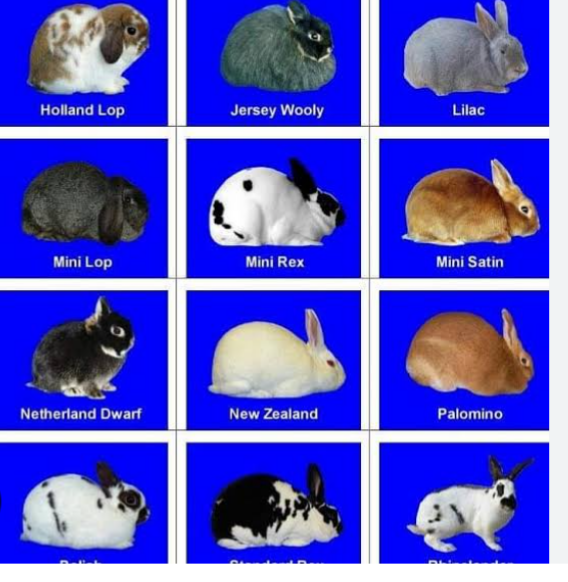
Fig 2: BREEDS OF RABBITS
a) New Zealand White. They are usually white with pink eyes. They have muscular bodies, short ears, and glossy fur coats. The breed is known for its large size and rapid growth rate, which makes it an ideal choice for meat production.
b). Californian. This breed has a white body with black ears, noses, and feet. They have a friendly and curious personality making them great pets. They are a popular meat breed due to their fast growth rate and large size.
c). Flemish Giant. The Flemish Giant is one of the largest rabbit breeds, with some weighing up to 9 kilograms. They have broad heads, long ears, and a dense fur coat that can be black, blue, or white. Flemish Giants are good for meat production.
d). Netherland Dwarf. The rabbit breed is one of the smallest, with a maximum weight of one kilogram. They have round bodies, short ears, and dense fur coats that can be white, black, blue, or chocolate. Netherland Dwarfs are popular as pets due to their cute appearance and friendly personalities.
e). Angora. The Angora rabbit has long soft wool usually harvested by shearing or plucking. There are different types of Angora rabbits, including English, French, and Giant, and they can come in a range of colors, including white, black, blue, or chocolate. They require extra care due to their fur.
f). Rex. The Rex rabbit breed is known for its soft, velvety fur, which can be black, blue, chocolate, or red, with short, upright ears. They are popular for commercial fur production and kept as pets due to their unique appearance and friendly nature.
G). Dutch. The Dutch rabbits have a distinctive appearance with a white body and black, blue, or brown markings on their face, ears, and tail. They are a medium-sized breed with a compact body and upright ears.
h). Mini Lop. The Mini Lop rabbit breed is a smaller version of the Lop breed, with floppy ears and a compact, muscular body. They have a range of colors, including black, blue, chocolate, and white. Mini Lops are popular as pets due to their affectionate and playful nature.
I). Lionhead. The breed has a distinctive mane of fur around its head, which resembles that of a lion. They have a compact body, short ears, and a soft, dense fur coat that can be black, blue, chocolate, or white. Lionheads have an average live weight of 1.4-1.8 kilograms and are popular as pets due to their unique appearance and playful personalities.
J). Chinchilla. They are small and furry, known for their soft, dense fur and lively personalities, making them popular as pets. Chinchilla fur is highly prized for its softness and durability.
MANAGEMENT PRACTICES IN RABBIT PRODUCTION
1. HOUSE : The cage where rabbits are raised is called a hutch. Each hutch cell is called a hole. The hutches are designed in different sizes. The hutch must be adequate to accommodate their feeders and drinkers and must be clean, well-ventilated, and dry. The environment must be protected from extreme temperatures. The cage must be spacious enough for the rabbit to move freely and have a separate area for females and males. Cleaning helps to minimize odours, reduce the risk of disease, and provide a valuable source of organic fertilizer.
In constructing the hutch, materials that may corrode or rust easily should be avoided. The floor should be made of galvanised wire mesh that will allow waste to fall through to a collection system below. The waste collection system should have proper drainage to prevent the buildup of droppings and urine and allow them to drain into a separate container.
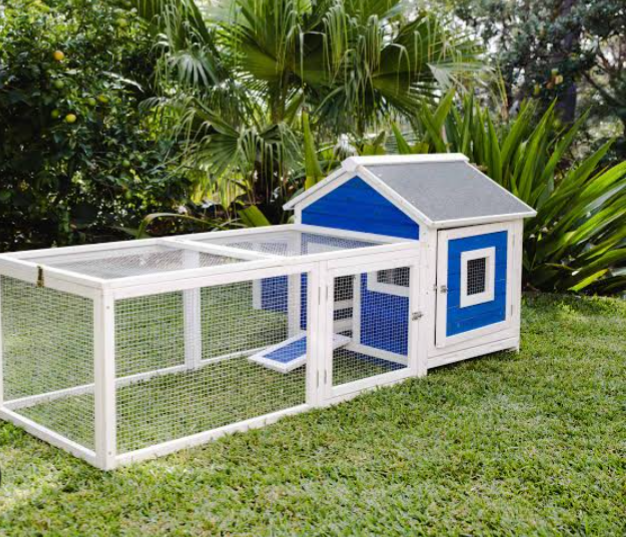
HUTCH

HUTCH
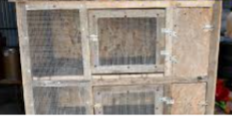
HUTCHES
Fig 3: DIFFERENT TYPES OF HUTCHES
2. FEEDERS AND DRINKERS : The feeders used to feed the rabbits and the drinkers must be made from concreted materials or aluminium. This is because rabbits can feed on plastic or wooden materials especially when hungry.
3. FEEDING
Rabbits require a nutritious and balanced diet to boost their health and productivity rate. They feed on supplementary feeds, commercial pre-balanced pellet rations, hay, fresh vegetables, grasses, kitchen wastes and plant leaves. They should be provided with sufficient clean and fresh water. Plant based food should be rinced in water before feed to rabbits so as to remove contaminants like soil and dangerous insects that can lead to their death when consumed. The commercial feeds produced in powdery for can cause respiratory disorder, therefore small quantity of water can be sprinkled on it and mixed together before feeding. When raising rabbits for wool production, feeding them hay may contaminate the wool and lower its quality. The feeding cost for commercial rabbit farming is low.
4. RABBIT BREEDING/ REPRODUCTION
Farmers should have a good understanding of the breeds before purchase. Rabbits are naturally prolific and multiply rapidly. The gestation period for female rabbits (doe) is 31 days and can giving birth (farrow) to 6 -10 kits (baby rabbits) at once. Rabbits are capable of reproducing seven times a year. They reach sexual maturity between 4 to 6 months.
5. CARE FOR KITS. : The young rabbits are called kitten, bunny or kit. Kits are the newly bunnies just given birth to. Kits need proper care to keep them alive. Nest boxes should be placed in the pregnant rabbits (doe) hutch before she farrows. Nest boxes are made of different material. It can be wooden boxes made with plywood and some wire for the bottom or paper catons. Good clean boxes are important to keeping the kits healthy and the doe from getting an infection in her teats. After use, the nest should be cleaned with disinfectant and dried. It should be stored until It is needed again. After putting the box in the cage, the doe’s fur or shredded paper or straw can be put into it in preparation for the delivery of the kits.
Pests and Disease Control and Management in Rabitts
Rabbits are susceptible to several pests and diseases which affect their health and productivity. Some common pests and diseases of rabbits include:
PESTS
1. Fleas and mites. These parasitic insects cause irritation, hair loss, and skin infections in rabbits.
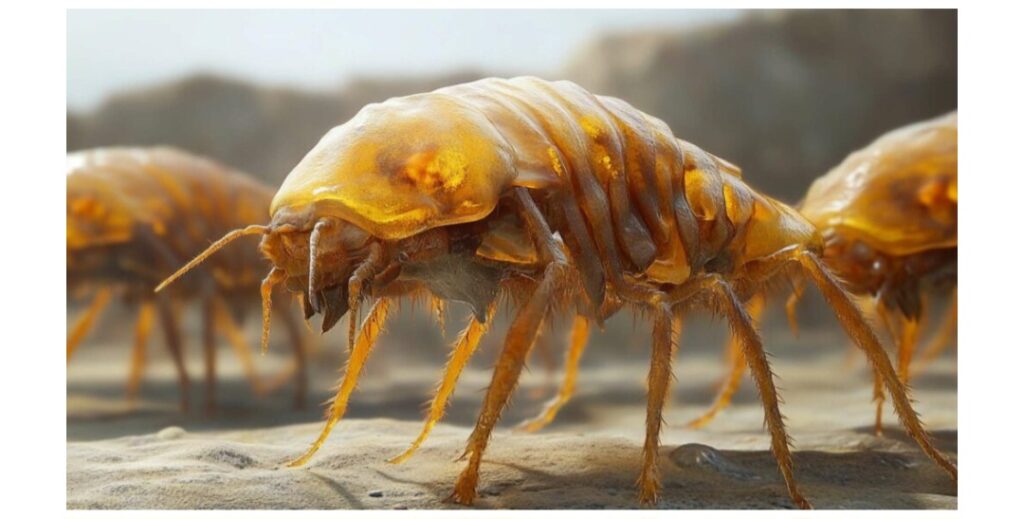
Prevention :Regular sanitation of hutch and it’s environment can help prevent infestations.
2. RATS: When there is an opening wide enough for rats to pass through in the hutch especially where the kits are cared for, the rats can gain entry into thecell and feed on the kits.
Prevention and control: Regular sanitation of hutch surrounding, setting of traps, use poisonous rat baits etc
3. SNAKES: Snakes like rats can also feed on the bunnies if they have assess into the cell. They can also kill adult rabbits. Prevention: Regular sanitation of hutch surroundings. Use of poisonous baits.
DISEASES
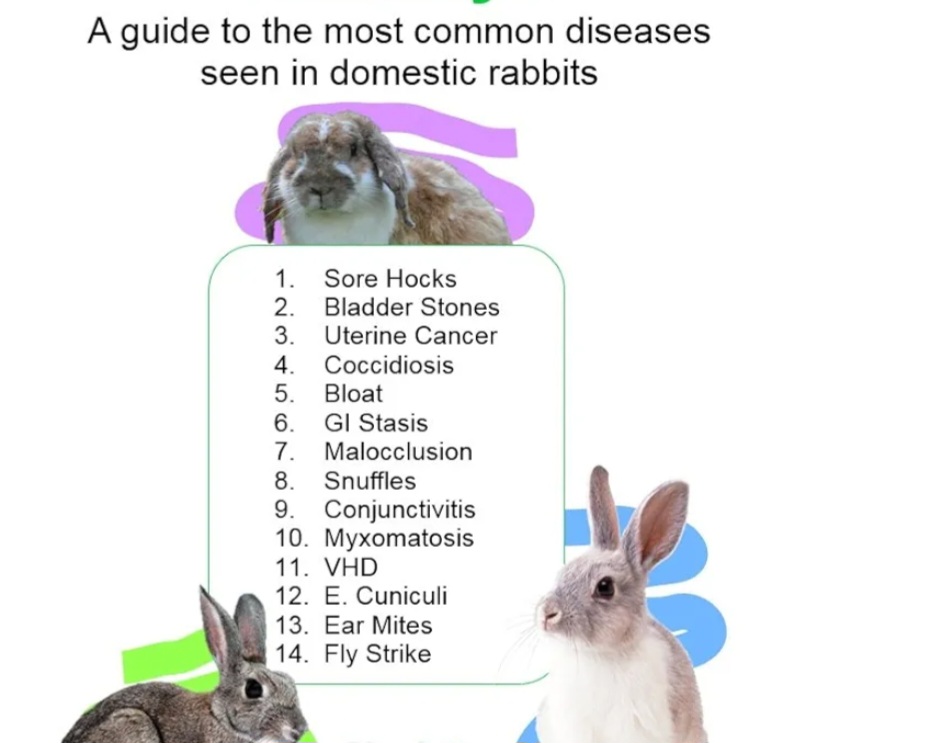
1. Coccidiosis. The disease is caused by protozoan organisms that infect the rabbit’s intestines. Symptoms include diarrhea, weight loss, and dehydration. Prevention :by keeping the hutch and it’s environment clean and providing clean drinking water.
2. Pasteurellosis. This bacterial infection causes respiratory problems, fever, and abscesses in rabbits. It is transmitted through direct contact with infected rabbits or contaminated food or water.
Prevention : provide rabbits with a clean living environment and observe good hygiene practices.
3. Myxomatosis. This is a viral disease spread by fleas and mosquitoes. It causes swelling and discharge around the eyes, mouth, and ears and can be fatal.
Prevention : Vaccination is the most effective way to prevent myxomatosis.
4. Rabbit Hemorrhagic Disease (RHD): RHD is a highly contagious viral disease that causes sudden death in rabbits. It spreads through contact with infected rabbits or contaminated objects. Prevention : Vaccination
5. Flystrike. The condition occurs when flies lay eggs on the rabbit’s skin, and the larvae feed on the rabbit’s flesh. It can lead to infection, pain, and even death.
Prevention : Clean and disinfect the environment and dry. regular checking for any signs of infestation.
Other routine practices to carry out in rabbitary include: Good hygiene and biosecurity practices, Record keeping, regular vaccination, regular health checks, good ventilation, and protection from the sun and rain.
6. Abscesses: An abscess is a pocket of fluid and pus caused by bacterial infection. Abscesses are relatively common in domestic rabbits and can be located anywhere on the rabbit’s body. Abscesses may be caused by a bite, cut or other wound or occur in the mouth as a result of dental disease. They may also be caused by a foreign body such as a grass seed or wood splinter becoming embedded in the rabbit’s skin or mouth.
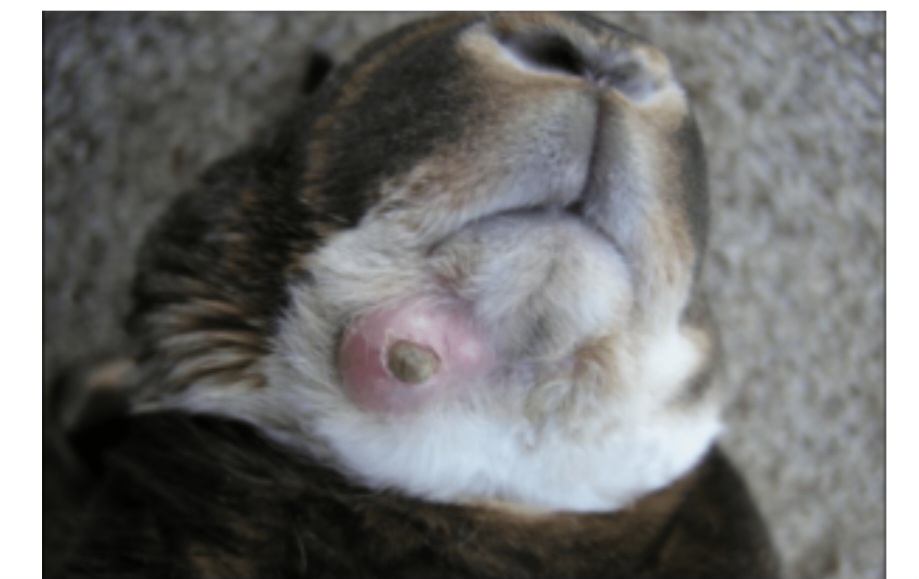
Symptoms : Rabbit may not eat well, with droppings if affected on the mouth. If affected on the body, there will be a hard lump located somewhere on the rabbit’s skin.
Treatment: The abscesses first need to be drained of the pus and fluid inside them. Antibiotics can be administered to the rabbit, e.g ivermectin
7. Bloat: Bloat is a condition where the stomach becomes stretched by excessive gas content. The gas is caused by the bacteria in a rabbit’s stomach multiplying excessively as a result of incorrect feeding. This may be because the rabbit has eaten wet green food or grass clippings, mouldy hay or simply as a result of irregular feeding. Symptoms : hard, swollen ‘balloon like’ stomach, shortness of breath and restlessness.
Treatment: In the early stages of detecting bloating in rabbits, a therapeutic massage can be given to the animals, lightly stroking the tummy towards the tail. If the pet starts to scream in pain and tries to break free, then this procedure should be stopped immediately. Also, various medications used in human and veterinary medicine can be used.
8. Diarrhoea: Diarrhoea may be caused by other illness but can also be caused by incorrect diet, stress, cold and draughts. It is also a pointer that the Rabbit might have other diseases, with the result of diarrhoea, which might need strict attention.
Symptoms : liquid or very runny faeces, with wet, dirty bottom.
Treatment: Treatment of diarrhea in rabbits involves identifying and treating the cause. During this period, ensure fiber in the diet is increased (often nothing but hay may be offered within this period.) Also, introduction of Antibiotics to the affected rabbit such as ivermectin can be done. Immune Booster can also be administered to take care of healthy up keeping of rabbit and maintaining it’s immune system balance.
Other diseases that can infect rabbits include ear mites (canker), heat exhaustion (heat stroke) and dental disease (malocclusion) etc
Isolate any sick or injured rabbit, and disinfect both the isolation cage and the rabbit’s regular cage to avoid spread of disease and consult the veterinarian for regular check up .
